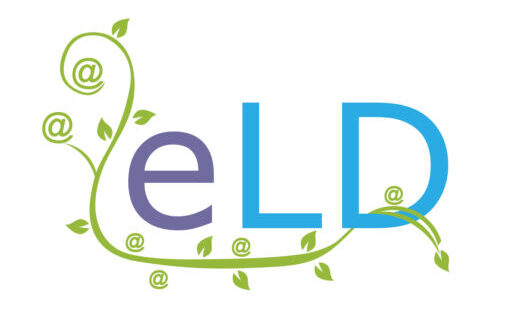Managing DNS settings
Managing DNS settings
Managing DNS settings
Connecting users to your Moodle
Once you’ve got a Moodle site, you need a way for users to find it, and the process for this involves configuring your DNS. As the terminology (and technology) can be confusing if it’s not something you’ve dealt with before, this is a quick guide to how it all works.

DNS terminology
- DNS (Domain Name System) The phonebook of the Internet
- Domain Name The main website address (i.e. e-learndesign.co.uk)
- Domain registrar A company that manages domain name registration
- DNS records All information associated with a domain name
- URL A specific page on a website (i.e. e-learndesign.co.uk/our-services)
- IP address The Internet equivalent of a phone number
- SSL certificate Digital authentication of identity to allow for encrypted connectivity
How DNS works
The process around DNS is comparable to mobile phone services, so when a user wants to access a website, the steps go something like this…
In Moodle site terms, this gives you two options:
Option 1.
Use the domain you already own and add a subdomain. When you originally registered your domain (i.e. yoursite.org) you will have been given login details to a domain control panel. This is where you can add ‘extensions’ (or subdomains) that allow you to present connected services (like your Moodle site) using a yoursite.org link (i.e. training.yoursite.org). This will be your Moodle URL.
Option 2.
Buy a new domain. You can use this exclusively for your Moodle site, totally separate from your organisation’s existing web pages. You still have to update the DNS records, but those changes will be specific to this option.
Configuring your DNS
With all that in mind, you need to make sure your DNS is configured correctly, and that’s all done through the Domain registrar control panel. From start to finish, the steps are as follows:
Step 1. Tell us if you want to use a subdomain of your existing domain or a new domain.
Step 2. We’ll set up the DNS routing on our servers and give you the details you need to add to your DNS records (and tell you where to put them) so the two ‘ends’ are connected:
A-record update: If you are just using the default domain name (yoursite.org) for your Moodle site
CNAME update: If you want to use something other than the default (i.e. training.yoursite.org)
Step 3. Log into your domain control panel, then update your DNS records as instructed.
Step 4. Once the changes have propagated (just like changing a SIM card, it may take a little while for the world to catch up), we’ll set up your SSL certificate, and your new URL will be live.
IMPORTANT: If your control panel offers the option to create a new subdomain (unless you have been explicitly instructed to do so), do NOT click that button! It adds a whole new set of DNS records that will need to be managed, offering a level of complexity that isn’t necessary for most clients…

